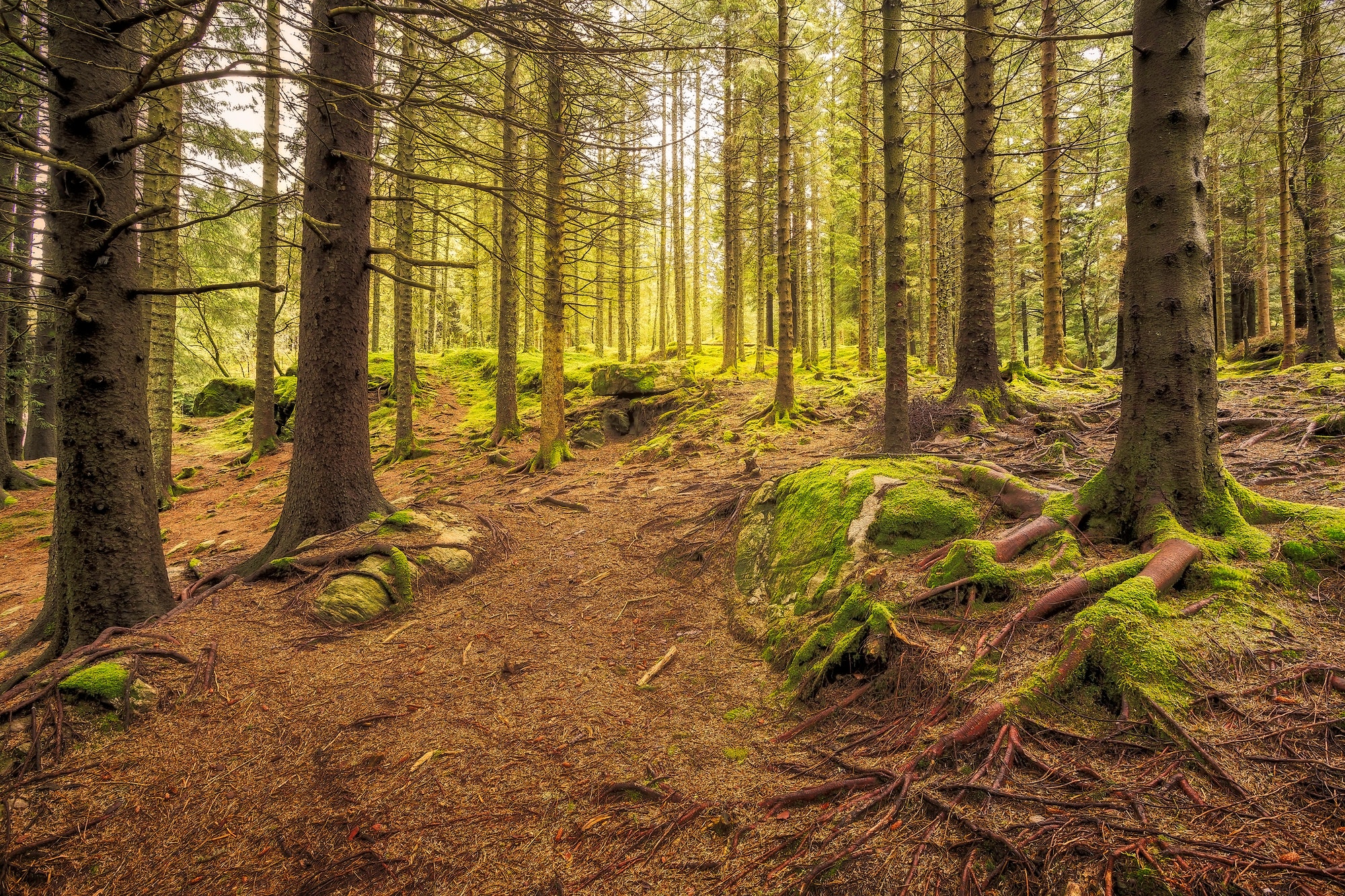Mosaic Forest
Forests with variation mean diversity
The keyword for future sustainable forests will be variation. The future forests will appear as mosaics of different stands that alternate between each other.
There will be variation in terms of tree age, tree species, and use. In some areas, forest management will be dominant, while other areas may promote biodiversity, and yet others serve recreational purposes.

InNovaSilva
- works in Denmark and various locations around the world on afforestation projects.
- starts from the local challenges with climate at the center - and in Uzbekistan, the challenges are different from those on Bornholm.
- finds solutions that are suitable locally, and if an area is not economically viable for forestry, it may be left for natural development with biodiversity as the main purpose.
- works with the geological variations of the landscape, thus exploiting the opportunities that nature presents in specific situations.
Mosaic Forest in more detail
The Mosaic Forest has the advantage that the forest is considered as a mosaic of forest types, tree species, and vegetation, each with specific goals, characteristics, and associated cultivation methods.
The variation in the Mosaic Forest is seen not only as a logical adaptations to soil and different goals but also as a strategy for increased risk diversification, adaptability, and resilience for the entire forest, recognizing the forest’s long production and life cycle.

What is natural nature?
The nature in the Danish forests is not a ‘first nature’ in the sense of natural nature. It is a ‘second nature’ – meaning a human-influenced nature.
Within the last 50 years, the interest in and understanding of the natural values of the forests have grown significantly. However, there is a fundamental problem that our knowledge about the natural values of earlier times is very limited. This is related to the fact that our knowledge of our animal and plant species was very limited.
The current natural content and biodiversity of the forests should, therefore, be considered in light of historical conditions. And not based on theoretical notions of how it might have looked before humans entered the picture.
Therefore, today’s nature is the remnants of a nature that has adapted to massive human influence. “The natural aspect in nature is gone”
